How to grow your creative business by reinventing and simplifying
Editor’s Note: Today’s guest post is by Shagane Barsegian Launey, founder and product design director at Wolf Industries, a kids brand making modern children’s underwear that adults envy. We are BIG fans! We touched base with Shagane about a year ago as she was planning 2015. In this post, we’ve circled back with her and surfaced unique take always from last year’s run. Check the hands-on tips you’ll want to apply in 2016. Learn more about Wolf Industries here, follow Wolf Industries newsletter for updates or drop a line to say hello at: wooolfindustries@gmail.com.
-Nicole S.
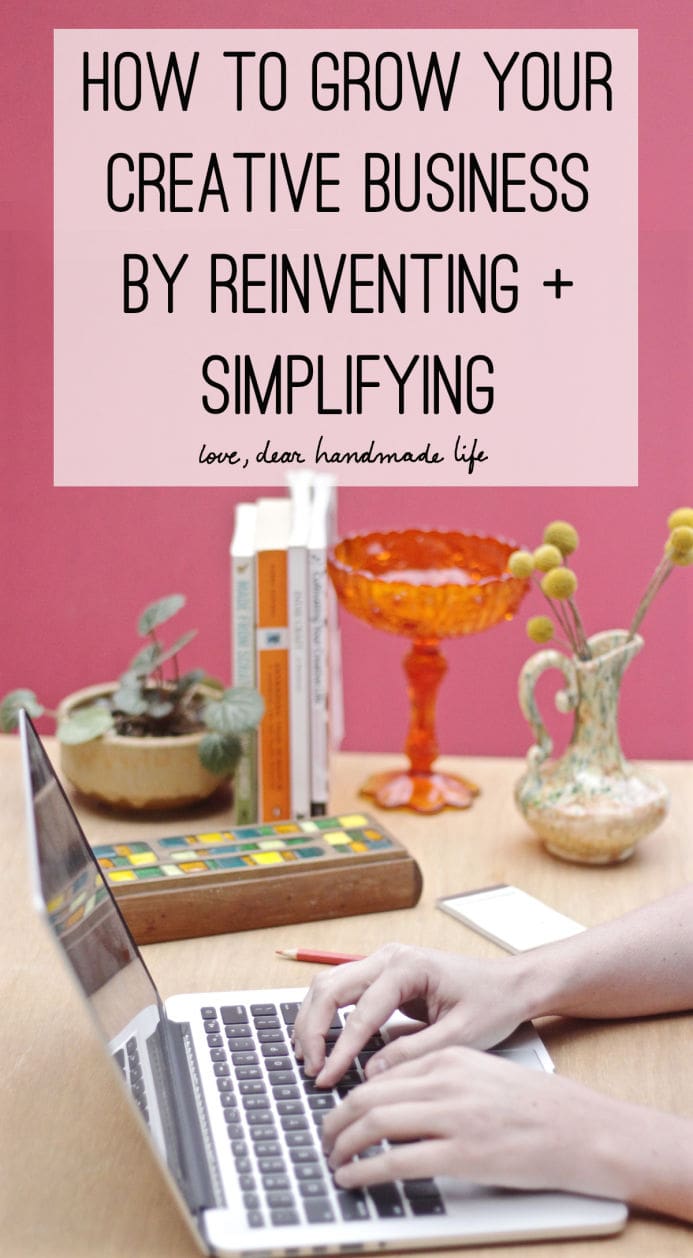
Creative process is a spiral. You start small in the middle and expand into the unknown growing your practice, taking on bigger challenges and building around a wonderful network of people you never expected to meet. With each cycle you reinvent every aspect: sales, communication, packaging, patterns, and accounting to address your pain points and simplify for efficiency. Here are things I tried and liked last year that helped me grow my creative business by reinventing and simplifying.
- Engage like a hawk. I love newsletters. They set a nice pace for framing your sales pitch. I grew my list by no longer having businesses cards at craft events after not seeing any return traffic from them and offering newsletter signups instead. I keep a close eye on open rates. Lower open rates challenge me to take a step back to reassess content. New product announcements get the most attention, I am still trying to understand how to integrate that insight into a product launch schedule. I also use Mailchimp as a CRM (customer relationship management) for wholesale clients and press. It offers great tagging, sorting, segmenting and exporting for those of us whose businesses are still small and on budget.
- Be disciplined about adding costs. It’s easy to go on a 3-month packaging redesign exploration but should you? Where is the product value for your customers and retailers? Is it in pretty packaging or a product that lasts? Maybe it’s both. For us, convincing potential customers to let go of underwear they’ve had for years can be hard, so perhaps we need a little something to intrigue them. Of course we must consider how will this affect our shipping efficiency and costs? Sometimes it is worth it to over-invest and over deliver for your first customers but sometimes it isn’t. The constant dialog on pluses and minuses in your head is never ending at times and can be tiring but that means you are really being diligent in accessing the complexity of your business and the needs of your customers.
- Being small has advantages, don’t over process. You don’t need perfect patterns or tech specs to make samples or fulfill orders. Being tiny means you can skip certain steps. Celebrate it! At times you might feel like you are not the real deal, so you’ll dream of hiring a professional. The interesting thing is that professionals are highly specialized and that’s why big companies have detailed expensive processes to bridge departments. Your fluidity of working across the business means that you can do more and shift directions faster and cheaper. Don’t feel like you are missing out, instead embrace the positives of running business where you’re able to keep it fairly simple.
- Question the aesthetics and the mundane. Coming up with extraordinary ideas is not a given. When in need of inspiration, I love Kinokyniya bookstore in Japan town (Los Angeles) for magazines and unconventional books. One those is “Ugly, The Aesthetics Of Everything” by Stephen Bayley. It’s a lovely read with all kinds of questions on the subject of beauty. With chapters such as “Kitsch, or The Intoxication of Bad Taste” or “Perfection, or No Dirt and Mess in Heaven”, the book contains unconventional visual articles that will certainly spark the critical thinking in any designer.
- Be flexible with sales: As a small business it’s always really discouraging to deal with minimums, you may feel like the world does not want you to succeed. Keeping that insight in mind, I try to remind myself to stay flexible. As much as we see a huge rise in makers and maker movement, there is a rise in curators and shop owners. You see more and more Instagram and Facebook based shops with 500-1000 follows. They are tiny but they have a fandom and are worth the support.
- Talk to customers. I really love doing shows for the ability to get direct feedback from customers. You can do it over email and social media but the opportunity to dig into an insight is much more rare. Not everybody is going to be purchase something from you and that’s okay. I love having a conversation with people who clearly are not my audience as it is an opportunity to think differently. I’ll usually invite them to give me feedback or share experiences on a subject or ask questions where I am a bit at loss with which direction to proceed forward with or don’t have a strong take on. After reading “The Mom Test” by Rob Fitzpatrick last year, I realized how much more I needed to focus on the person and their process verses my product ideas.
- Fake it till you make it. Let’s use two examples here. You don’t have to mass print hangtags for your products. The order minimums are high so you’ll end up with a lot of tags and take months to use them up. It may make more sense to print them yourself. Give your printer and good card stock a chance by staying nimble and responsive to the market. Pay attention to your quarterly sales and when it makes sense to order bulk tags, take the plunge. I have a similar story with accounting software. Save the $50-$150 a month on professional accounting software and try using an Excel template. If your operations are under $5,000 you should be fine. Etsy has published a very well-designed multi-channel sales tracking Excel sheet for added stock, PR giveaways, web sales, wholesale and event sales in one place. It will save you money and teach you Excel little by little.
- Test it before investing. I’m still working on this one. For the holidays I wanted to test a gift box concept. I got six boxes at Michael’s. The quantity helped me be able to afford to create great photographs of my products that looked professional. I probably could have been fine with four but I was worried that it would take off and I’d be underprepared. The false fear pushed me to over invest. I should have sat tight.
- Be tomorrow’s business. I love the “Fashion & Sustainability, Design For Change” book by Kate Fletcher & Lynda Grose. There is so much food for thought there to digest. It is so worth sharing with every maker on the planet. There were a couple parts that really inspired me. First was that I added an organic cotton fabric option to compliment the bamboo rayon that I was already using, which has incredible touch and stretch. Second, I started to weave cut-off scraps into garland braids since the fabric is colorful and elastic. On one hand I am excited about recycling. I sell these as products, use them as thank you gifts for repeat customers and wholesale accounts. On the other hand, this becomes a product in itself with labor and inventory considerations. You really have to think about framing it right and fitting it in the context of your business otherwise it becomes an independent endeavor that dilutes your focus. I hope we see more stories about the end cycle of materials, as having a diversity of case studies will help shape our communal progress ahead.
And last, when things get hard, tell yourself that you can can think about whether it’s worth it tomorrow but today buckle down and get to work.
-Shagane Barsegian Launey
Get a glimpse of Shagane’s Wolf Industries modern children’s underwear below. We LOVE them!
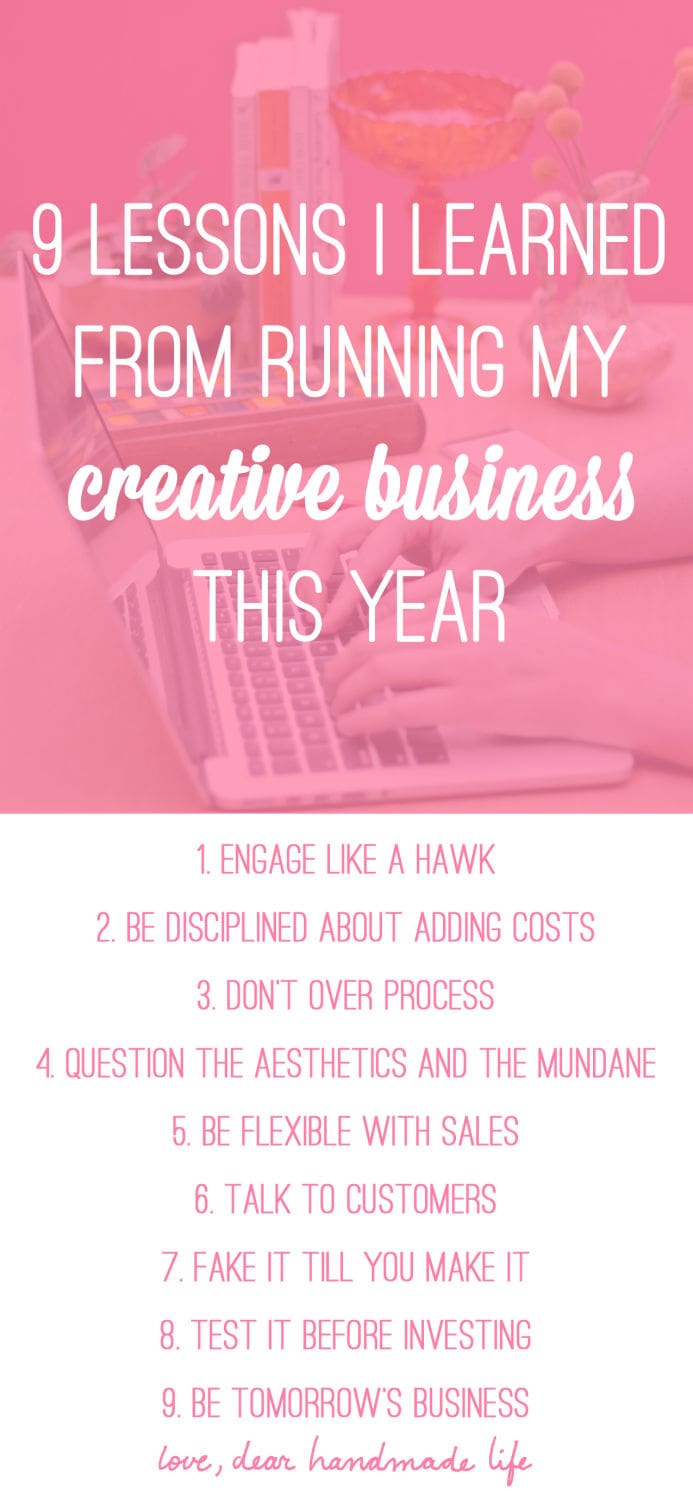

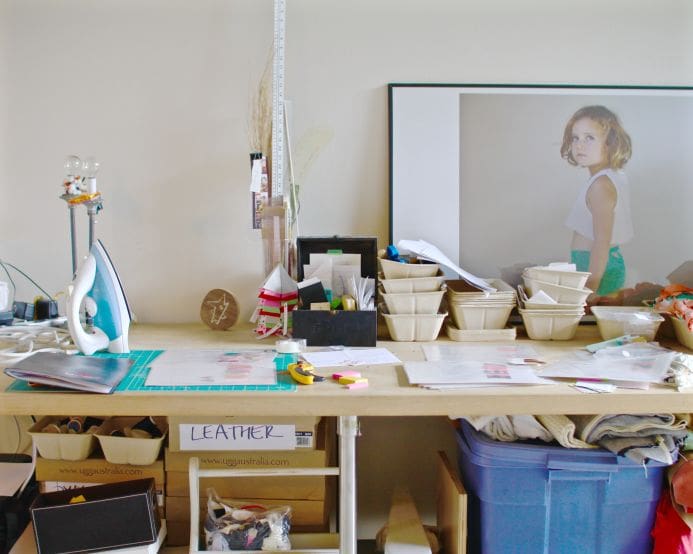

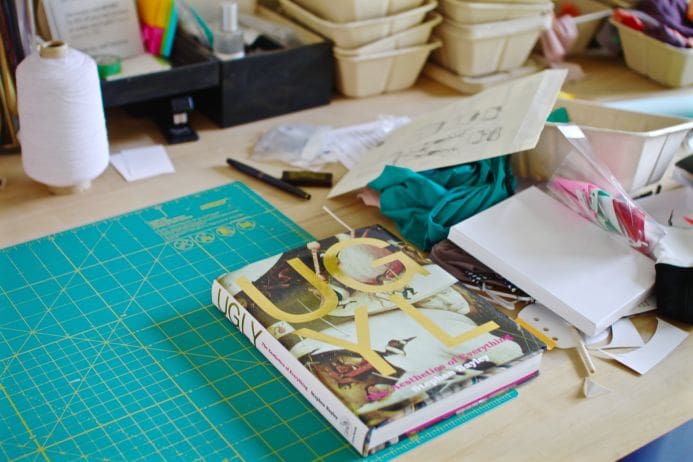
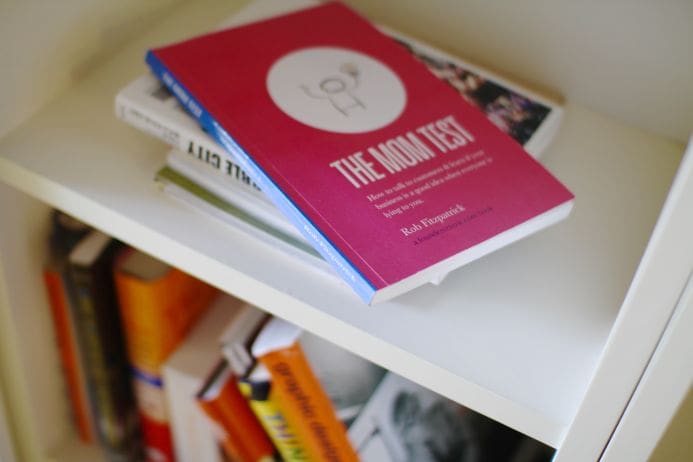

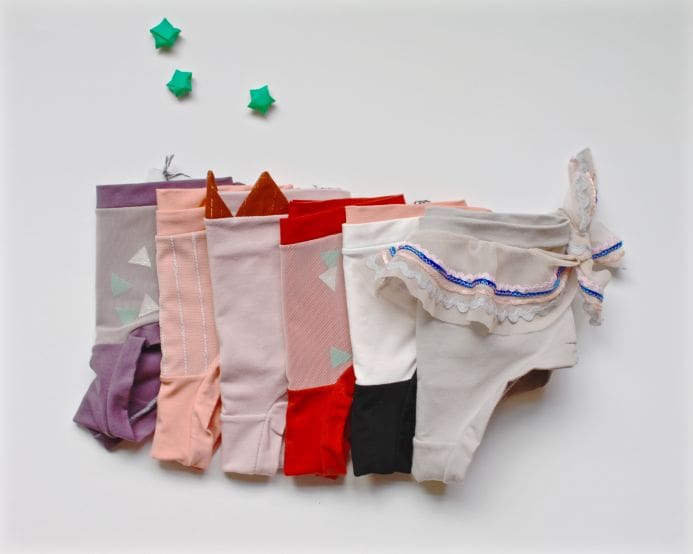
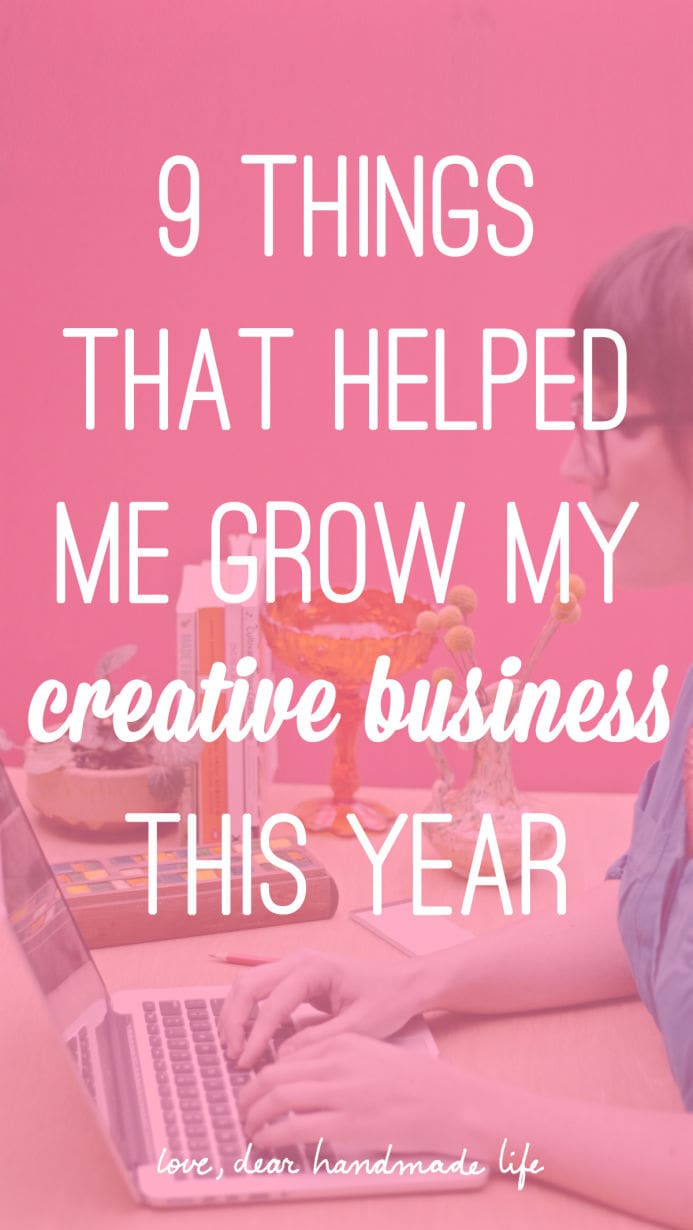
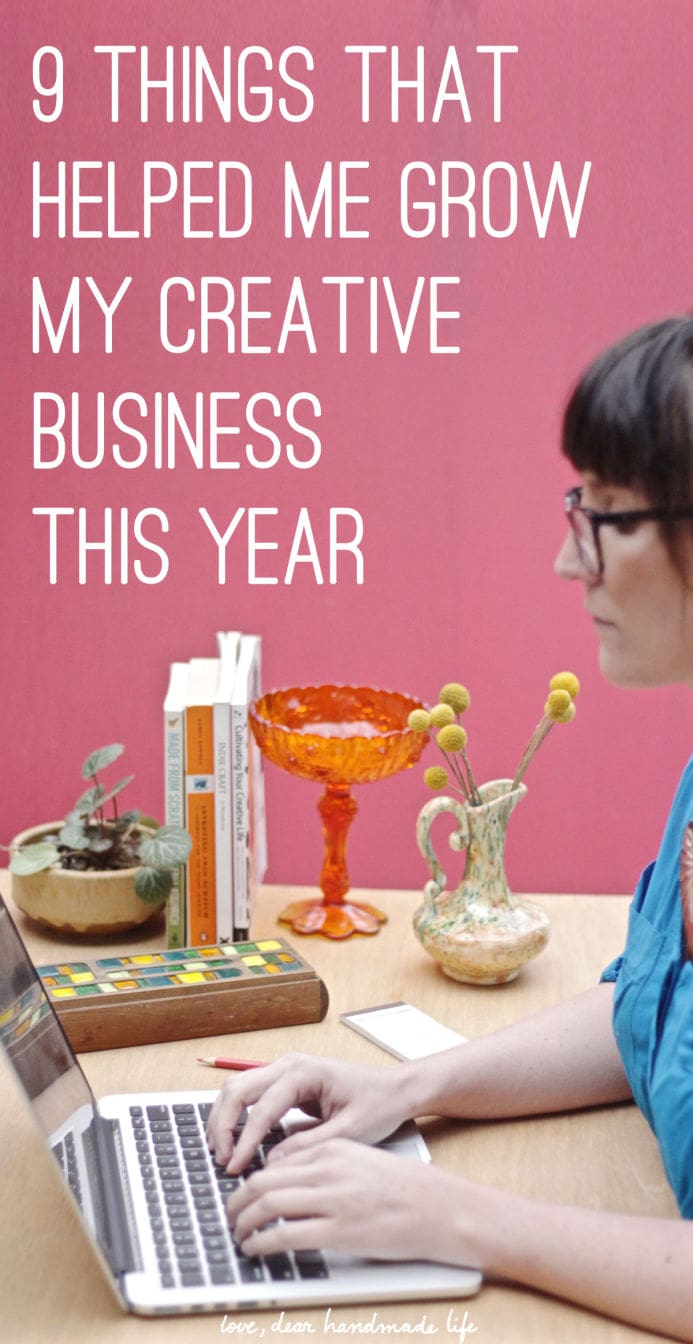

One Comment